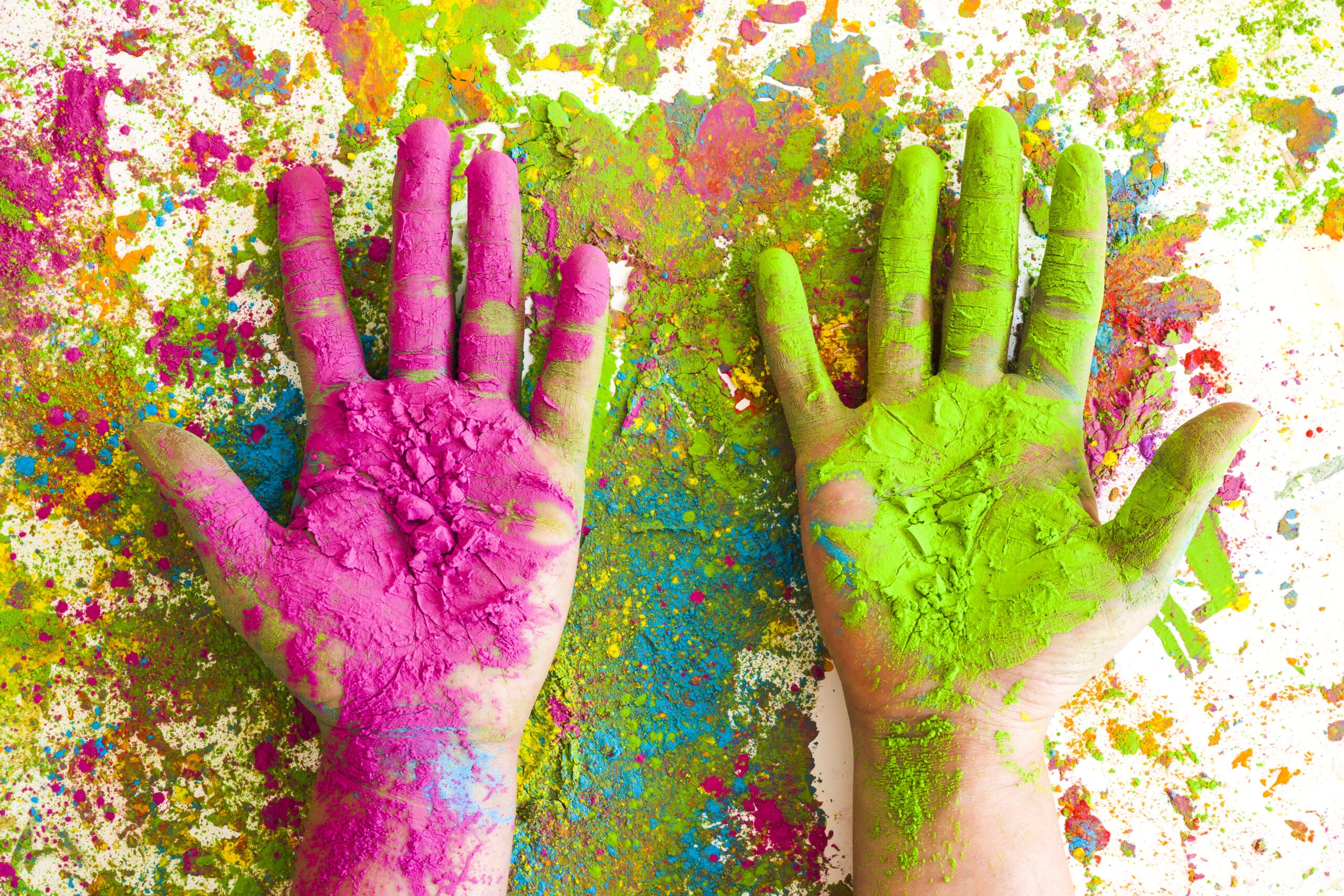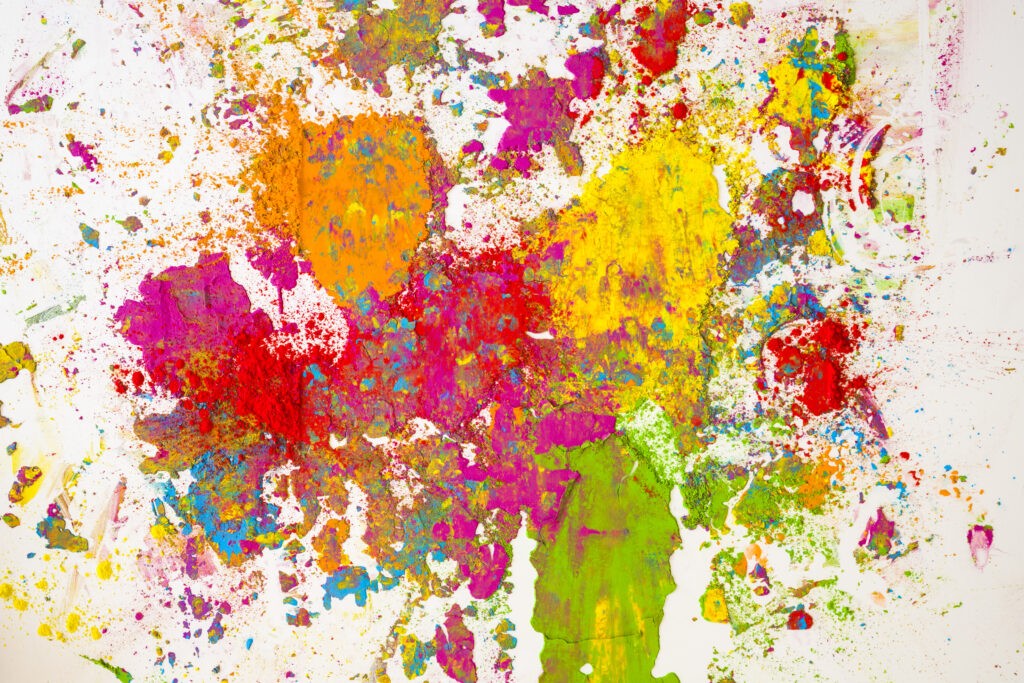
Holi, also known as the festival of colors, is one of the most popular festivals celebrated in India and worldwide. The festival is celebrated on the full moon day in the Hindu month of Phalguna, which falls between late February and early March. In this blog, we will explore Holi’s historical and cultural significance, its traditions and customs, legends and mythology associated with it, modern celebrations, and the importance of Holi in contemporary times.
Historical and Cultural Significance: Holi has been celebrated in India for centuries and is deeply rooted in Hindu mythology. The festival signifies the victory of good over evil and the arrival of spring. It is also associated with the Hindu god Krishna, known for his playful and mischievous nature.
The popularity of Holi: Holi is celebrated with great enthusiasm and zeal in different parts of India and the world. The festival is celebrated in different ways in other regions of India. For example, in North India, Holi is marked with many colors, sweets, and bonfires, while in South India, the focus is more on spiritual and religious rituals.
Traditions and Customs: Holika Dahan, also known as the bonfire night, is an essential tradition associated with Holi. It symbolizes the burning of evil and the triumph of good. People also play with colors and water during Holi, which signifies the arrival of spring and the spreading of love and happiness. Pooja and Prasad, sweets, and delicacies are essential to Holi celebrations.
Legends and Mythology: Many legends and mythological stories are associated with Holi. The most famous legend is the legend of Prahlad and Holika. Prahlad was a devotee of Lord Vishnu, while Holika was his evil aunt who tried to kill him. However, Prahlad’s faith in Lord Vishnu saved him, and Holika was burned in a fire. Another popular legend associated with Holi is the legend of Radha and Krishna.
Modern Celebrations: Holi is also celebrated in modern ways, such as Holi parties and raves, where people come together to play with colors, dance, and enjoy delicious food. Holi is also celebrated in corporate and public spaces, where people from different communities celebrate the festival.
The significance of Holi: Holi signifies social and cultural harmony, as people from different communities come together to celebrate the festival. It also has a spiritual sense, as it represents the triumph of good over evil and the arrival of spring, which symbolizes new beginnings and growth. Celebrating Holi in modern times is also essential as it helps to preserve and promote India’s rich cultural heritage.
In conclusion, Holi is a vibrant and colorful festival that celebrates the victory of good over evil, the arrival of spring, and the spreading of love and happiness. The festival’s traditions and customs, legends and mythology, modern celebrations, and its significance in contemporary times make it a festival loved and celebrated by people worldwide.





